1. Turkey Pardoning at the White House

Every Thanksgiving, the President of the United States “pardons” a live turkey in a televised ceremony. It’s a strange, tongue-in-cheek ritual that blends politics, humor, and holiday cheer. The tradition officially began in 1989 under George H.W. Bush, though earlier presidents informally spared turkeys on occasion. Now it’s a PR moment — a photo op where the turkey gets to live out its days on a farm instead of a dinner table.
Most Americans see it as harmless, but it’s undeniably odd that one bird’s life is saved while millions of others are roasted the same day. Still, the ceremony has become a White House staple, complete with puns and family-friendly jokes. The pardoned turkey even gets a name — and sometimes a social media account. It’s one of those traditions that feels both absurd and quintessentially American.
2. Black Friday Chaos

Every year, right after giving thanks for what they already have, Americans line up at dawn to fight over discounted TVs and air fryers. The Friday after Thanksgiving has become almost ritualistic — a consumerist holiday in its own right. The tradition dates back to the 1950s, when Philadelphia police coined the term “Black Friday” to describe the chaos downtown. What started as a shopping event now symbolizes the country’s complicated relationship with capitalism and celebration.
Despite online shopping and Cyber Monday, people still camp out in freezing weather for those “doorbuster” deals. It’s almost a badge of honor — a bizarre display of endurance and competitiveness. Friends and families treat it like a sport, planning routes and timing their shopping sprints. Somehow, it’s defended as a fun, uniquely American tradition instead of a national stress test.
3. Groundhog Day
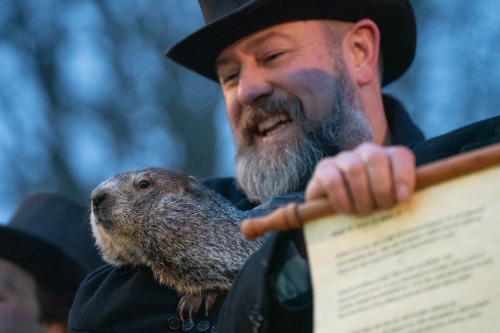
Every February 2nd, thousands gather in Punxsutawney, Pennsylvania, to watch a groundhog predict the weather. The animal, named Punxsutawney Phil, supposedly determines if there’ll be six more weeks of winter based on whether he sees his shadow. The roots go back to German immigrants and the ancient Candlemas tradition, where people used animals to forecast seasons. But Americans have turned it into a media spectacle featuring top hats, speeches, and live TV coverage.
People defend it as harmless fun and local pride, though meteorologists roll their eyes at Phil’s dubious accuracy rate. Even the U.S. National Climatic Data Center once joked that the groundhog “shows no talent for predicting the arrival of spring.” Yet the tradition persists, equal parts superstition and showmanship. It’s one of those strange bits of Americana that refuses to die — even if it’s only right about 40% of the time.
4. Homecoming Parades and Mum Corsages
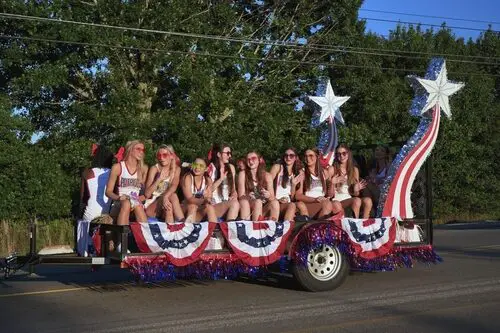
Homecoming is supposed to celebrate returning alumni, but in much of the U.S., it’s evolved into a weeklong festival of school spirit. High schools and colleges hold parades, pep rallies, and — in Texas especially — gigantic “mums,” or floral corsages the size of a dinner plate. Students spend hundreds on ribbons, lights, and trinkets to decorate them. The tradition traces back to the early 1900s, but it’s ballooned (literally) into a spectacle of glitter and glue guns.
People defend it as a wholesome rite of passage, and it does bring communities together. But to outsiders, it looks like cosplay for school pride gone wild. Still, no matter how absurdly large the mums get, the sentiment remains — celebrating unity, nostalgia, and youthful excess. It’s a reminder that Americans can turn even school spirit into an art form.
5. Eating Hot Dogs on the Fourth of July

Independence Day celebrations in the U.S. wouldn’t be complete without grilling — and for some, competitive eating. Every July 4th, the Nathan’s Hot Dog Eating Contest in Coney Island attracts thousands of spectators and national TV coverage. Contestants down as many hot dogs as humanly possible in 10 minutes, a practice that somehow embodies patriotism. The tradition started in 1916, supposedly as a way to prove who was the most “American.”
It’s a bizarre but beloved spectacle of excess that celebrates freedom in the strangest way. Joey Chestnut, the reigning champion, has become a folk hero in his own right. Americans defend it as a fun, slightly gross expression of liberty and competition. It’s proof that nothing says “land of the free” like eating 70 hot dogs before noon.
6. Class Rings
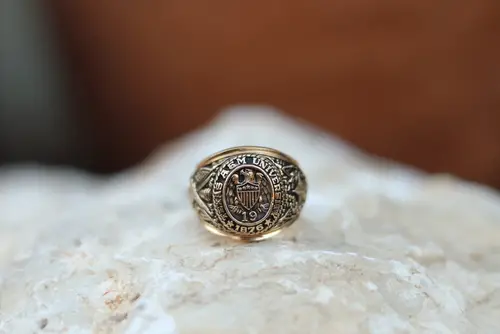
High school and college students in the U.S. often buy pricey “class rings” to commemorate graduation. It’s a tradition that began in the 1830s at the U.S. Military Academy at West Point and later spread to other schools. Each ring is personalized with the year, mascot, and school colors, often costing hundreds of dollars. Many Americans defend them as sentimental keepsakes, while others see them as overpriced jewelry destined for a drawer.
Despite waning popularity, class rings persist because they represent belonging and accomplishment. They’re a tangible piece of nostalgia — a tiny trophy for surviving adolescence or higher education. Some people even have class ring ceremonies, treating the moment as a mini rite of passage. Like so many American customs, it’s equal parts pride and pageantry.
7. Tooth Fairy Payments

When kids lose a tooth, American parents secretly swap it for cash under the pillow — usually a few dollars. The “Tooth Fairy” concept is modern, though it borrows from European folklore about tooth spirits. It took off in the U.S. during the early 20th century as a way to comfort kids about losing teeth. Now it’s so ingrained that there are national “average Tooth Fairy payout” surveys every year.
People defend it as a sweet, magical way to mark childhood milestones, even if it’s entirely made up. The going rate has risen with inflation, turning a lost tooth into a tiny economic indicator. Parents even compete over how generous their “fairy” is. It’s a whimsical lie everyone agrees to maintain — because that’s what love (and tradition) looks like in America.
8. The Pledge of Allegiance in Schools
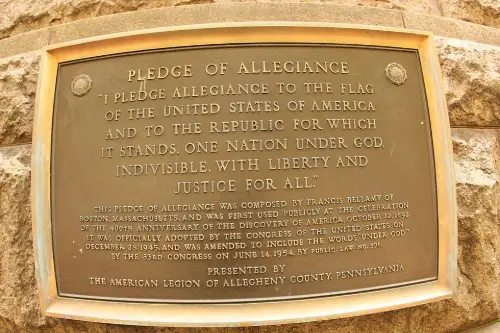
Every morning, millions of American students stand to recite the Pledge of Allegiance. The practice began in 1892 as a way to instill patriotism and unity, especially among immigrants. The words “under God” were added in 1954 during the Cold War to contrast American ideals with “godless” communism. Today, it’s still a daily ritual in most public schools, though it’s not without controversy.
Many Americans defend it as an important civic exercise, a shared moment of respect for the nation. Others argue it’s outdated or even coercive, especially for students who opt out. Yet the rhythm of it — the hand over the heart, the synchronized voices — feels woven into the national identity. It’s one of the strangest examples of how repetition becomes tradition.
9. Pumpkin Spice Season
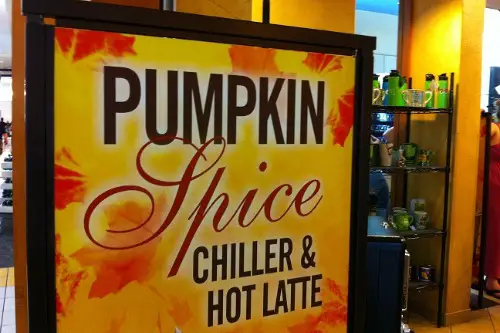
Every fall, Americans collectively lose their minds over pumpkin spice everything — lattes, cookies, cereal, even deodorant. It all started with Starbucks’ Pumpkin Spice Latte, launched in 2003, which became a seasonal phenomenon. The flavor mix of cinnamon, nutmeg, and clove evokes autumn nostalgia more than actual pumpkin. But people defend their pumpkin spice obsession as a celebration of comfort and coziness.
It’s not really about the taste — it’s about the feeling of fall: sweaters, candles, and crunching leaves. Entire marketing campaigns are built around it, turning a flavor into a cultural moment. Some mock it, others savor it, but nobody ignores it. Pumpkin spice has become America’s unofficial smell of nostalgia.
10. Tailgating Before Sports Games
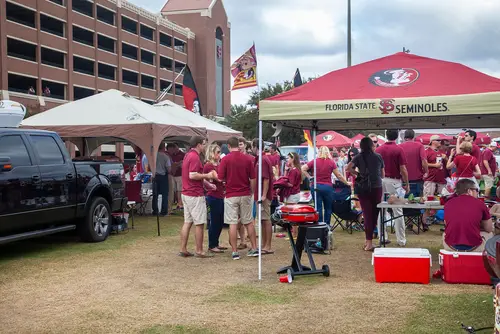
Before big football games, Americans gather in parking lots to grill, drink, and blast music for hours. This pregame ritual, called tailgating, supposedly started in the 1860s with fans watching early college football games from their wagons. Over time, it evolved into a massive social event — part barbecue, part block party. The food, the fandom, and the camaraderie make it feel sacred to sports culture.
People defend tailgating as community bonding, even when it means drinking beer at 8 a.m. It’s less about the game and more about belonging to something bigger. Some fans never even make it inside the stadium — they’re there for the vibe. It’s one of those traditions that makes no sense unless you’ve done it, and then it suddenly makes perfect sense.
11. Senior Pranks
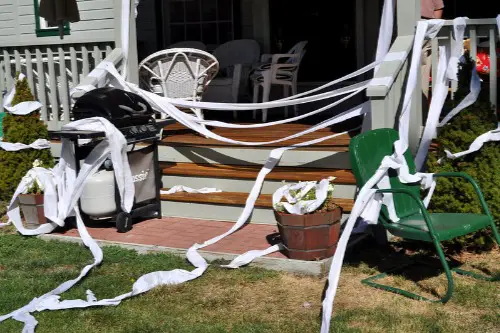
Every spring, American high school seniors plan elaborate pranks before graduation. These range from harmless jokes — like filling hallways with balloons — to more chaotic ones, like releasing farm animals on campus. The tradition dates back decades and is defended as a rite of passage marking the end of childhood. Administrators usually cringe, but they also expect it.
People justify senior pranks as a way to “go out with a bang,” turning rebellion into celebration. Some schools even have “senior prank day” to keep things contained. It’s chaotic, funny, and a little reckless — everything teenagers think freedom should be. In its own way, it’s a snapshot of youthful defiance turned tradition.
12. Throwing Caps at Graduation
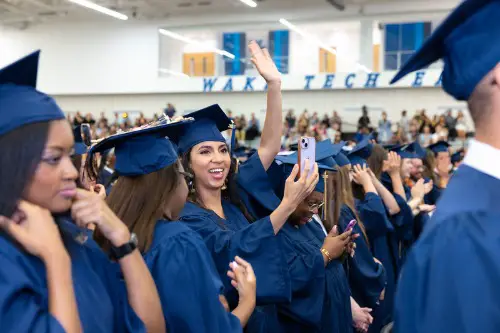
When graduates toss their caps into the air, it feels spontaneous — but it’s actually a ritual with military roots. The U.S. Naval Academy started the practice in 1912, letting new officers throw their caps since they no longer needed them after commissioning. It quickly spread to colleges and high schools across the country as a symbol of accomplishment and release. Today, it’s the defining moment of any American graduation ceremony.
People defend it as the perfect punctuation mark on years of hard work and stress. The image of caps floating against the sky captures hope, joy, and freedom — everything education promises. It’s messy, impractical, and deeply satisfying. Like many American traditions, it turns a simple act into a statement about life itself.
This post 12 Strange Traditions That Americans Defend as ‘History’ was first published on American Charm.


